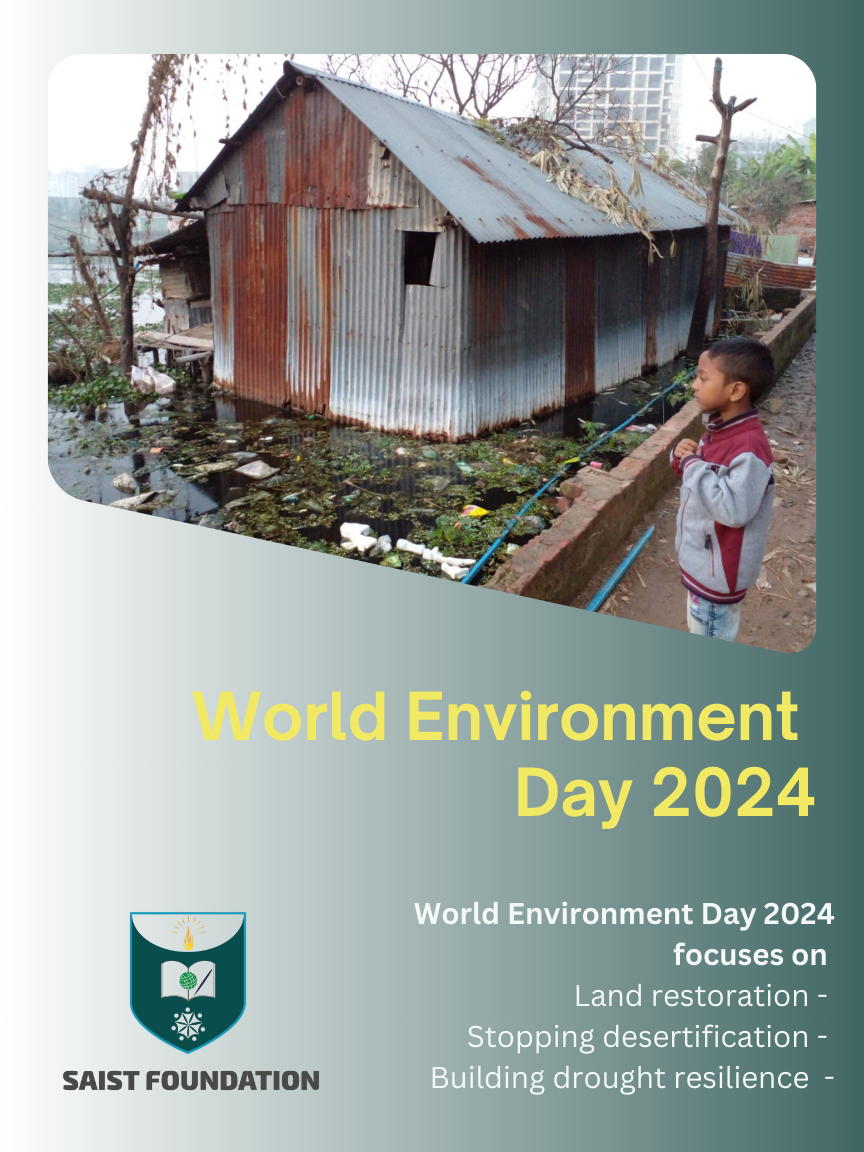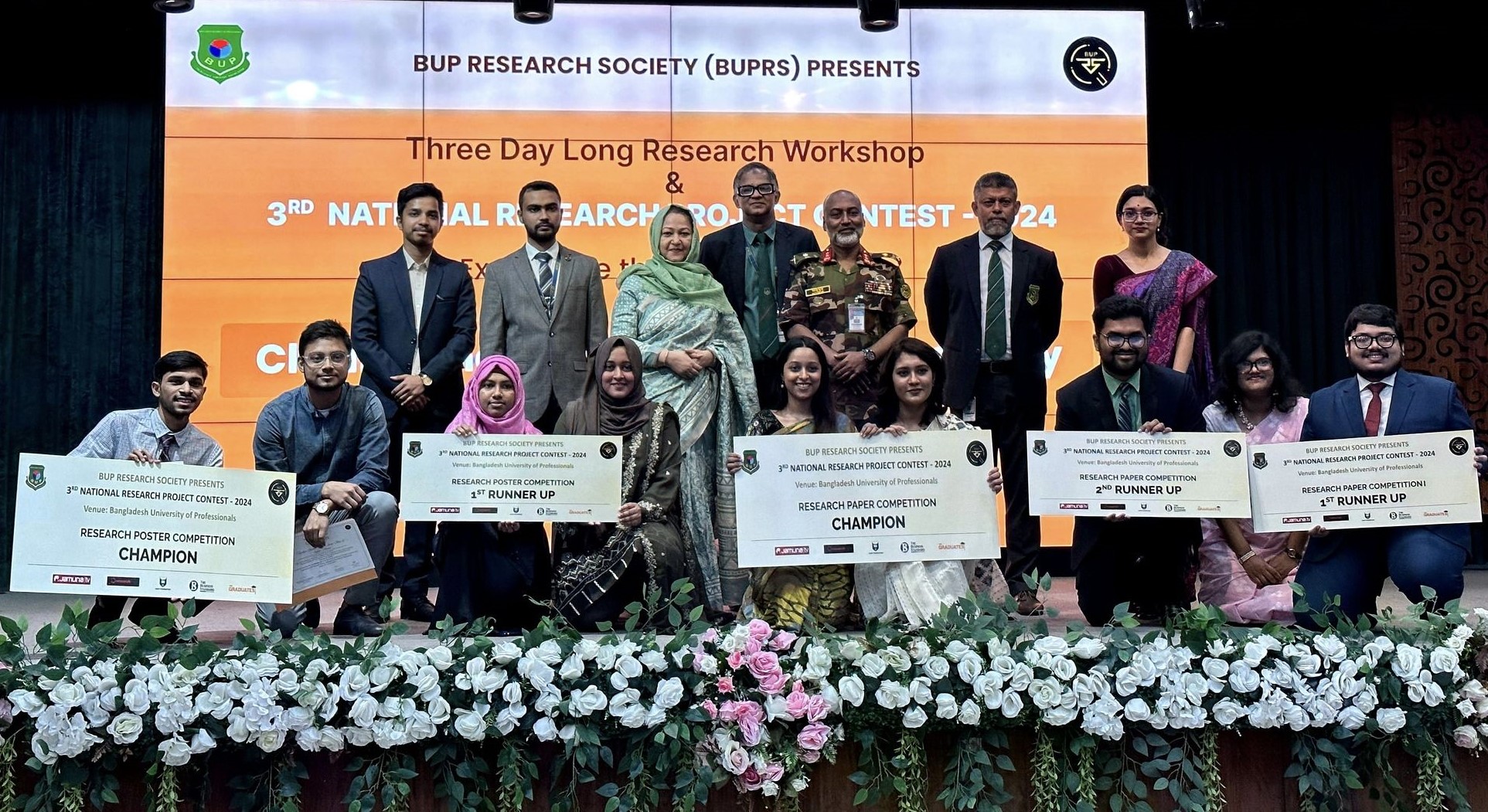This year is the 51st anniversary of
World Environment Day, which looks back at several decades of global efforts
aimed at raising awareness and promoting action on critical environmental
concerns. This year’s theme, “Land Restoration, Desertification and Drought
Resilience”, is a call to heal our planet’s ecosystems and make them resilient
to challenges such as desertification and drought.
Desertification is the process by
which fertile land becomes desert, and drought, which is a period of abnormally
dry weather, are major threats worsened by climate change. These phenomena
disrupt food production, displace communities, and significantly contribute to
global climate change. Rapid industrialization, urbanization, and population
growth, especially in regions like Asia and the Pacific, intensify these
challenges by increasing water stress and land degradation.
Globally, an area of soil the size
of a football pitch is eroded every five seconds, while it takes nature up to a
thousand years to form just three centimeters of topsoil.
Fortunately, there is hope through
land restoration. Forests can be brought back to life by healing degraded lands
thereby ensuring that water bodies will never run dry again while nourishing
soils ensures soil fertility. Henceforth combating desertification plus drought
also means maintaining biodiversity apart from enhancing food security plus
reducing global warming.
The great news is that land restoration
is an effective remedy. By restoring degraded land, we can revive forests,
replenish water sources, and improve soil health. These actions not only combat
desertification and drought but also improve biodiversity, strengthen food
security, and mitigate climate change.
World Environment Day was created by the
United Nations General Assembly in 1972 for global consciousness raising on
pressing environmental issues. The first celebration took place in 1973 under
the slogan “Only One Earth,” which became a global tradition thereafter. Each
year, another country hosts the official celebrations in order to promote
international cooperation and shared responsibility.
This year, Saudi Arabia is the
global host, calling upon governments, businesses, and individuals to unite in
making peace with the land. The 2024 theme emphasizes restoring healthy land,
preventing the expansion of deserts, and managing water shortages which are the
key elements for a sustainable and resilient planet.
World Environment Day 2024 is a call to
action for everyone. May we all work towards saving our planet both now and
through ages to come!




